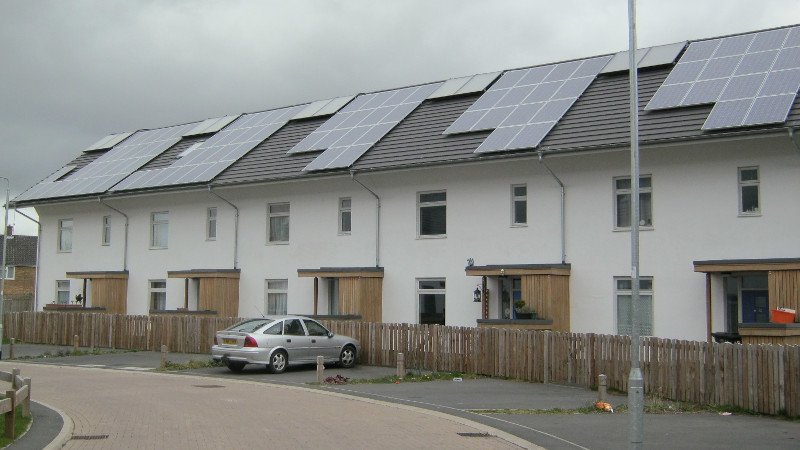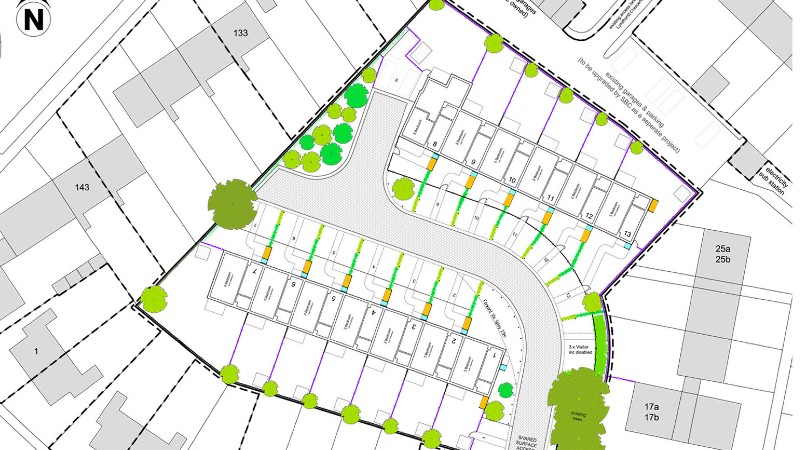A two year in-use Building Performance Evaluation study took place in two case study houses which included:
- metering, sub-metering and spot measurements.
- review of metering and sub metering arrangements, installation and testing of monitoring equipment to measure the performance of PVs, solar thermal and Exhaust Air Heat Pump (EAHP), airtightness testing, thermographic survey.
- in-use monitoring of environmental conditions.
- monitoring of internal and external environmental conditions, occupancy levels, openings usage, indoor air quality levels occupant studies and energy audit.
- initial meeting with occupants, walkthroughs and interviews, BUS questionnaire survey, activities logging, diaries, energy audit using DomEARM.




